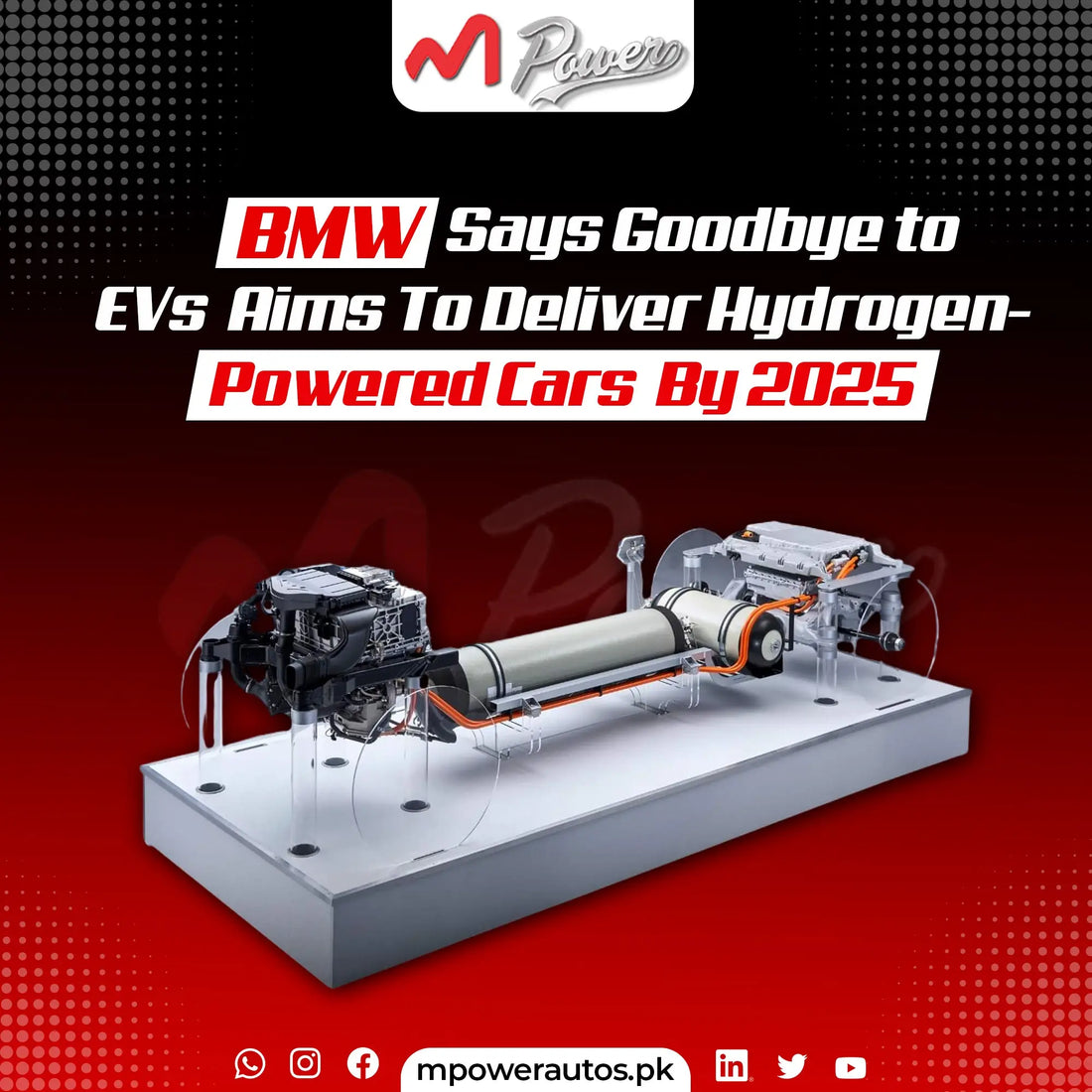
BMW says Goodbye to Electric Cars
Share
Originally Posted by myelectricsparks
BMW says Goodbye to Electric Cars it has now Solved the Problem of Hydrogen Engines
BMW says Goodbye to Electric Cars; it has now Solved the Problem of Hydrogen Engines
SHARE
It seems like hydrogen engines could be the next big thing in the world of cars. While electric vehicles (EVs) have been in the spotlight for zero-emission efforts, hydrogen-powered cars have been in the shadows.
Contents
BMW Plans to Roll Out Hydrogen-Powered Cars by 2025
BMW iX5 Hydrogen
Electric vehicle companies aim to dominate the market by 2030, but hydrogen engines are grabbing a share now. Hydrogen cars are similar to EVs but come with a cool feature called a hydrogen fuel cell, which releases only water vapour. This gives them a decisive edge in the competition for the most eco-friendly ride.
So far, the United States has seen about 2.5 million EVs hit the roads, but as of mid-2022, only around 15,000 hydrogen cars were cruising around, and they’re all in California.
BMW Plans to Roll Out Hydrogen-Powered Cars by 2025
In the coming era of transportation, the focus will be on fast performance, quick refuelling, and eco-friendly options. Hydrogen engines are emerging as a potential game-changer in the automotive industry, aligning with these priorities.
Only a handful of manufacturers are actively developing this technology to lead the way in hydrogen-powered vehicles, and BMW is among them.
According to BMW CEO Oliver Zipse, hydrogen engines are set to play a significant role in various parts of the world in the long term.
A hydrogen fuel-cell vehicle (HFCV) operates with a motor similar to a battery-electric vehicle but uses a stack of fuel cells instead of a heavy battery. These fuel cells combine hydrogen (H2) with oxygen (O2) from the air to produce water vapour and generate electricity. In simpler terms, fuel-cell vehicles are a type of hybrid called fuel-cell hybrid electric vehicles (FCHEV).
Even though hydrogen is the most abundant element in the universe, it’s typically not found in its pure form and is often combined with other elements. Creating pure hydrogen for vehicles involves an energy-intensive process to break down compounds, usually derived from fossil fuels like natural gas.
While hydrogen fuel-cell vehicles share similarities with electric vehicles (EVs), they have unique qualities that set them apart. Like their counterparts, hydrogen engines can be refuelled quickly and maintain a consistent driving range regardless of temperature changes.
BMW iX5 Hydrogen
BMW is set to introduce the BMW iX5 Hydrogen, one of three hydrogen-powered vehicles hitting BMW dealerships in 2024.
This eco-friendly SUV concept is designed to lead electric mobility, focusing on impressive performance. Meeting the ambitious targets for zero carbon emissions in the coming decades requires a variety of renewable energy sources to meet the growing demand for electrification by businesses, cities, and countries.
Hydrogen is expected to play a crucial role in shaping this future.
Here are some advantages of the BMW iX5 hydrogen:
Feature BMW iX5 Hydrogen
Horsepower 400+
Refueling Count Minimal
Fuel Technology Fifth-generation fuel cell technology
Propulsion Electric motor (BMW eDrive)
Performance Top speed: 115 mph, 0 to 60 mph in 6 seconds
Battery 400-volt battery above hydrogen engines
Range Approximately 313 miles
Comparison with EVs Comparable to top EVs like Tesla Model Y
Even though the number of electric cars has rapidly risen in the past three years, the International Energy Agency predicts that only 14% of vehicles will be electric by 2022. Furthermore, this figure is anticipated to increase by another 4% by the end of 2023.
There’s a big chance for hydrogen cars to grab a share of the car market, which is currently dominated by high-emission vehicles.
Manufacturers of hydrogen engines should remember that there won’t be one solution that fits everyone’s mobility needs worldwide. So, in the future, we might see various alternative driving systems coexisting.
